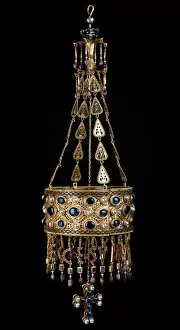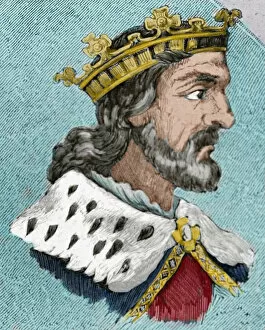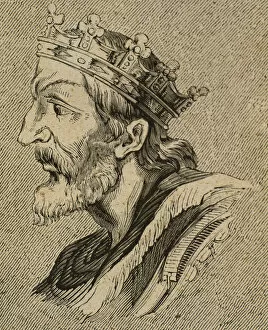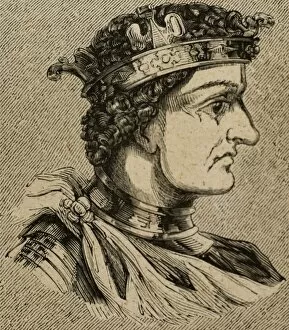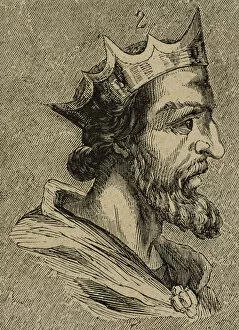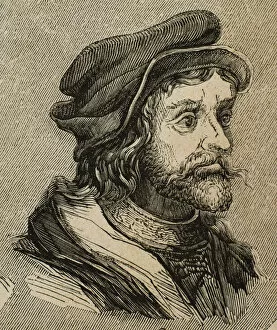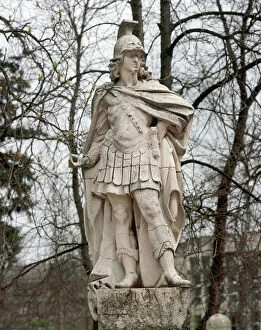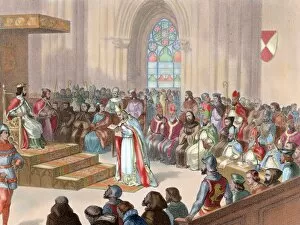Septimania Collection
"Exploring the Rich History of Septimania: From Votive Crowns to Burning Books" Septimania, a region steeped in history and intrigue
All Professionally Made to Order for Quick Shipping
"Exploring the Rich History of Septimania: From Votive Crowns to Burning Books" Septimania, a region steeped in history and intrigue, holds many secrets waiting to be unraveled. One such treasure is the Votive Crown of Recceswinth, discovered within the illustrious Guarra treasure. This exquisite crown serves as a testament to the opulence and craftsmanship of Visigothic rulers. Delving deeper into this captivating era, we encounter Reccared I, an influential Visigothic King who ignited controversy with his burning of Arian books during the late 6th century. This act symbolized his conversion from Arianism to Catholicism and marked a significant turning point in religious dynamics within Hispania and Septimania. As we journey through time, Chindasuinth emerges as another notable figure. Reigning from 563-653, he left an indelible mark on Septimania's history as a powerful Visigothic King. His rule witnessed both triumphs and challenges that shaped the destiny of this remarkable land. Gundemar also takes center stage among these monarchs. As Visigothic King of Hispania, Septimania, and Galicia, he navigated complex political landscapes while striving for stability within his realm. Wamba's reign brings forth tales of resilience amidst adversity. Despite facing numerous rebellions during his tenure until his death in 687 AD. , Wamba remained steadfast in upholding Visigothic traditions. Egica or Ergica (610-701/703) stands out as yet another intriguing ruler whose reign was marked by internal strife and external threats alike. His efforts to maintain order were met with challenges that tested both him and his kingdom. Tulga's existence comes alive through historical records; however little is known about this enigmatic king who lived during 642 AD. , leaving us yearning for more insights into his reign.


